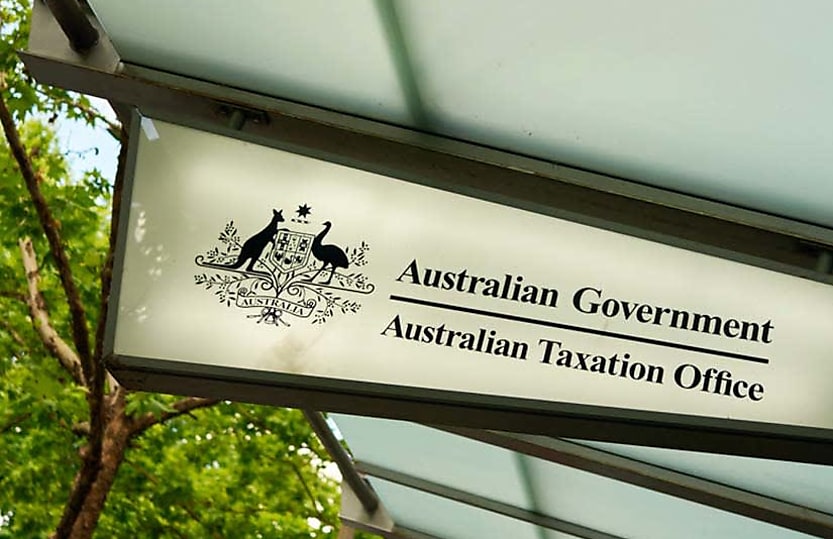ATO boosts data-matching arsenal to close $1.3bn rental property gap

Nine out of 10 rental claims are wrongly filed but the Tax Office is cracking down on compliance in a move that gets a thumbs-up from the national auditor.
The ATO has bolstered its data-matching arsenal in a bid to crack down on one of the biggest contributors to the $9 billion tax gap involving individuals-not-in-business.
The move comes as the Australian National Audit Office (ANAO) gives the ATO a thumbs-up for its management of the individuals-not-in-business tax gap, which is second only to the small business shortfall in terms of revenue forgone.
Work-related expenses, hidden wages and incorrect rental claims were the main reasons for the gap according to the ANAO report, which was tabled in Parliament yesterday.
It said the ATO was focusing on work-related claims and rental properties to reduce the gap, with an estimate that 90 per cent of rental claims were incorrectly filed.
The latest data matching program supplements the two-dozen protocols already operating and would feed the tax office data on rental property loans for 2021–22 through to 2025–26.
The Tax Office said the data would help it identify cases for administrative action including compliance activities and educational strategies and inform rental property owners of their tax obligation as part of an educative campaign.
The data matching program would be able to collect:
- Client identification details - names, addresses, phone numbers, dates of birth
- Loan account details - account numbers, BSBs, balances, total interest charges, total repayments, and commencement and end dates
- Transaction details - transaction dates, transaction amounts, and whether the transaction was a debit or credit on the account
- Property details - addresses of the loan asset
The ANAO said rental property claims were responsible for 14 per cent, or $1.3 billion, of the 2019–20 tax gap for individuals-not-in-business.
The overall net tax gap for the group was 5.6 per cent, well above the average of 4.5 per cent for the 21 taxes where the gap is estimated. The individuals-not-in-business shortfall of $9 billion came second only to the small business gap of $11.9 billion.
The ANAO report made just three recommendations concerning transparency, reliability assessments, and use of targets to better understand how compliance strategies performed – all of which were accepted by the ATO.
The ATO’s new data-matching tool would harvest information from the big four banks as well others involved in rental property investment loans from Macquarie through to regional institutions such as Bendigo Bank and loan providers including Ubank and RAMS.
The Tax Office said it had “embarked on a process to collect data that can be used to help individual taxpayers get their tax return right in the first place, as well as better target those individuals who may be under-reporting their income or overclaiming deductions.”
Another key weapon in the ATO’s data matching arsenal was the use of Australian Transaction Reports and Analysis Centre (AUSTRAC), which allowed the Tax Office to monitor international fund transfers and cross border movement of monetary instruments, among other things.
In February, HLB Mann Judd warned the ATO had “drawn a line in the sand” when it comes to overseas money transfers into Australia and taxpayers needed to tread carefully or raise suspicions.
Melbourne partner and head of tax Josh Chye said the ATO was increasingly scrutinising migrating funds and that prudent planning was essential.
The ATO said AUSTRAC data matching provided key financial intelligence which helped identify serious tax offences including:
- International tax crime
- Phoenix operations
- Identity crime
- Promoters of tax evasion schemes
- Organised crime
- Tax avoidance activity
- Black economy activity
- Refund fraud
The ATO also said the access to the reports empowered its administration and enforcement of tax and superannuation laws so to:
- Ensure entities, including individuals, were meeting their tax and super obligations
- Detect potential high-risk transactions, including money movements in and out of Australia
- Identify and quantify compliance risks and suspected fraud to develop compliance strategies to support the selection of compliance cases for further investigation
- Joint investigation and, or prosecution of serious criminal activity including tax evasion, money laundering, or serious and organised crime.
